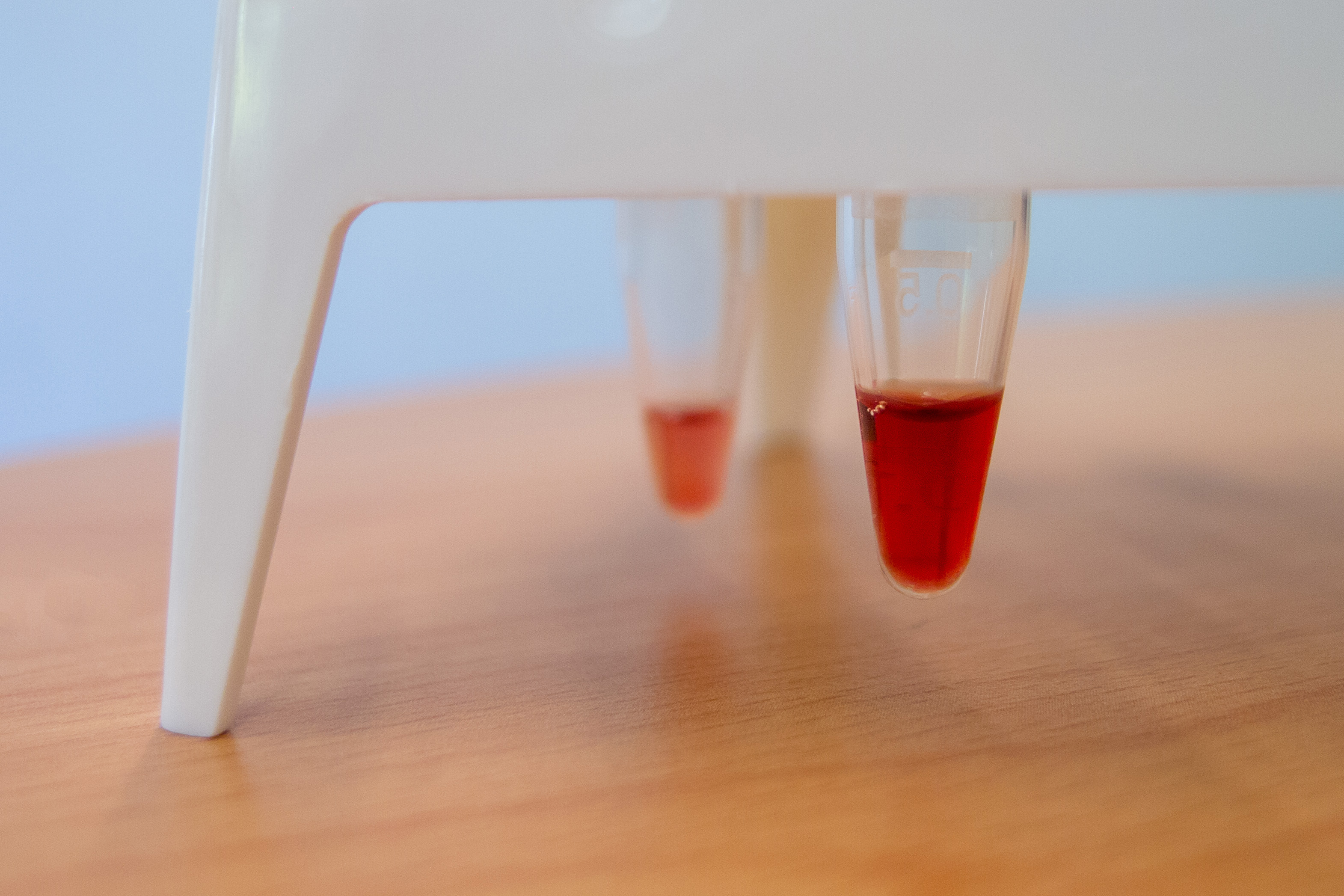New defense mechanism against oxygen radicals discovered
Oxygen radicals occur as a by-product when living beings burn carbohydrates or fat. They are suspected of accelerating the ageing process in humans and animals, and to be partly responsible for severe illnesses such as Alzheimer’s or certain types of cancer. Researchers at the University of Bern and the University of Stockholm have now discovered a so far unknown defense mechanism against oxygen radicals which could serve as a base for various medications.
Living beings burn nutrients such as carbohydrates or fats to gain energy. In some of these burning reactions, oxygen is transformed into water in the cell to make the chemical energy of the nutrients useful for the cell as biological energy. However, these reactions are not entirely without danger; they can produce intermediate products while transforming from oxygen to water, so-called oxygen radicals, which are damaging to the organism. While they can act as a messenger substance in low concentrations, or even be used by the immune system as cell poison against infiltrators, in larger quantities, they attack hereditary material (DNA), proteins and fats. In this way, oxygen radicals are viewed as partly responsible for the emergency of neurodegenerative diseases such as Alzheimer’s or Parkinson’s, as well as certain types of cancer. However, all cells have defense mechanisms in the form of special enzymes which gradually break down these dangerous intermediate products. With age, these defenses become less and less effective, however, and the concentration of these radicals, as well as the probability of one of the mentioned illnesses developing, increases. Bernese researchers in Prof. Christoph von Ballmoos’ Department of Chemistry and Biochemistry (DCB) were now able to show and describe a previously unknown defense mechanism, in collaboration with colleagues from Stockholm. The researchers were able to explain the function of an enzyme that had been known for decades, which more directly detoxifies oxygen radicals than the previously known defense mechanisms. The findings could some day contribute to the development of new medications.
New biochemical reaction discovered
The most frequent reactive intermediate product when burning nutrients is the so-called superoxide. In order to make this safe, all organisms which require oxygen to live, use the same defense mechanism using the enzyme superoxide dismutase. However, there is a more direct way using another enzyme which both research groups now describe. While the structure of the enzyme was decrypted years ago by the Prof. Martin Högbom’s Stockholm group, the function was only "cracked" with the collaboration of the Bernese group.
"It was a rather unusual situation – normally you only try to explain the molecular structure after years of research into the function," says Christoph von Ballmoos. Bern doctoral candidate Olivier Biner, one of the lead authors of the study, was the first to be able to display the new mechanism in the laboratory with the help of biochemical and spectroscopic methods. "Because of the structural data, we had a rough idea of which reaction the enzyme could catalyse, or speed up, but it was a long way to identify the correct reaction," says Biner.
The enzyme, called superoxide oxidase, transforms the dangerous superoxide directly back to harmless oxygen and passes an extra electron to coenzyme Q, a molecule which is essential for the manufacture of biological energy. The enzyme, affectionately named “Hallonsaft” (Swedish for raspberry juice) by the researchers because of its raspberry-red colour, doesn’t just diffuse oxygen radicals, but also guides the energy into a meaningful process. The atomic structure supports this function and now allows the researchers to carry out targeted and specific changes to the enzyme in order to understand the mechanism better. "When we finally found the solution and all the pieces of the puzzle suddenly came together, it was a very exciting time – you don't discover a new biochemical reaction every day," Oliver Biner enthuses.
A new field of treatment possibilities is opening up
The researchers obtained their findings with the bacterium Escherichia coli. "The next thing to do is now to find out whether this reaction also takes place in the mitochondria of human cells," explains von Ballmoos. The changes seem good, as these processes are very universal. "But not a single working group had looked for the enzyme before because no one knew that this reaction exists in the biological world" von Ballmoos continues. As well as the fundamental research, practical or clinical applications should now be tested. "On one hand, the enzyme could be optimised in such a way that it can be used as an indicator for superoxide in the laboratory and in medicine, on the other hand, we could some day use inhibitors of the enzyme as a replacement for antibiotics," explains von Ballmoos.
The study was published in the specialist journal Nature Chemical Biology.
Publication details:Camilla A.K. Lundgren, Dan Sjöstrand, Olivier Biner, Matthew Bennett, Axel Rudling, Ann-Louise Johansson, Peter Brzezinski, Jens Carlsson, Christoph von Ballmoos and Martin Högbom: Scavenging of superoxide by a membrane bound superoxide oxidase, Nature Chemical Biology, DOI: 10.1038/s41589-018-0072-x. |
2018/06/18


